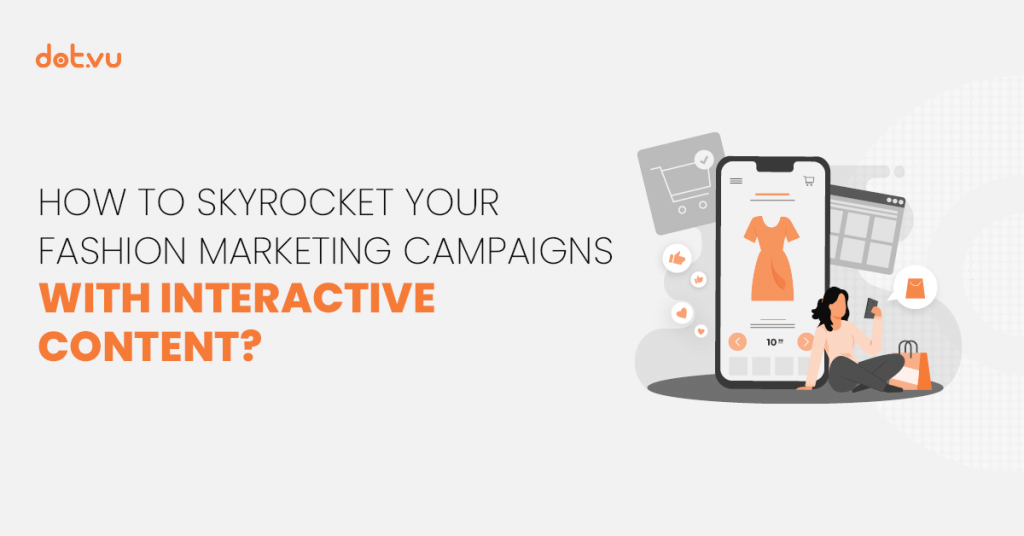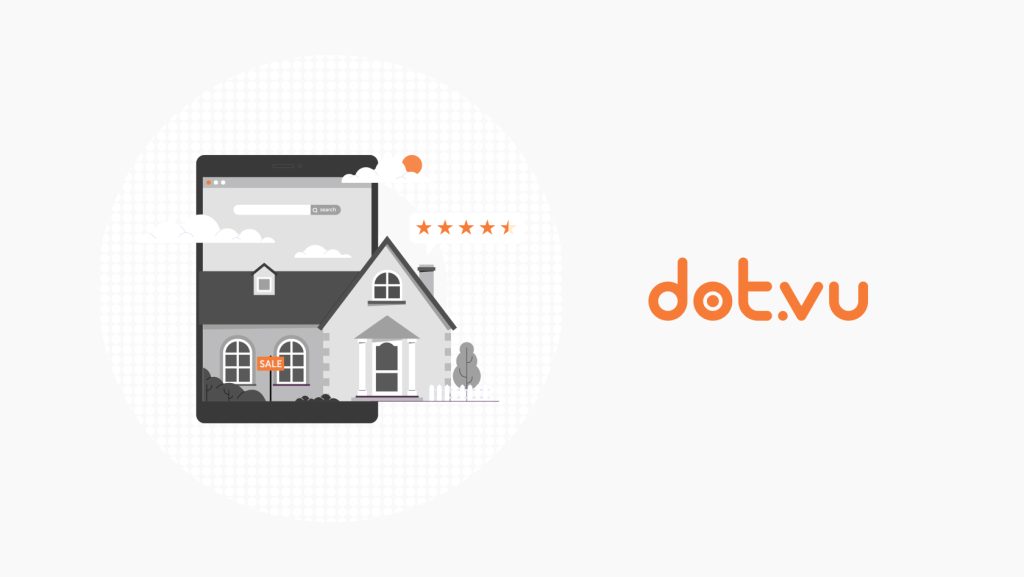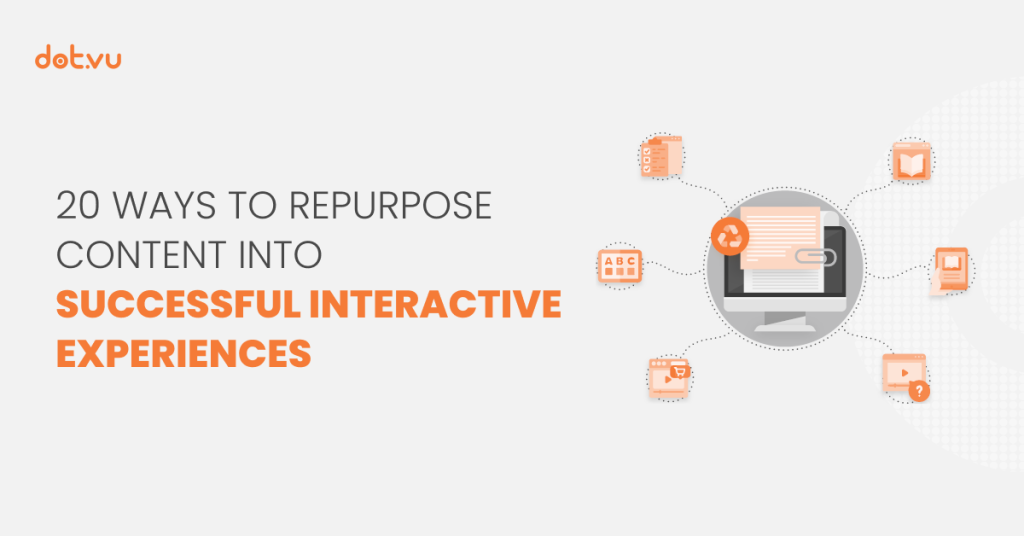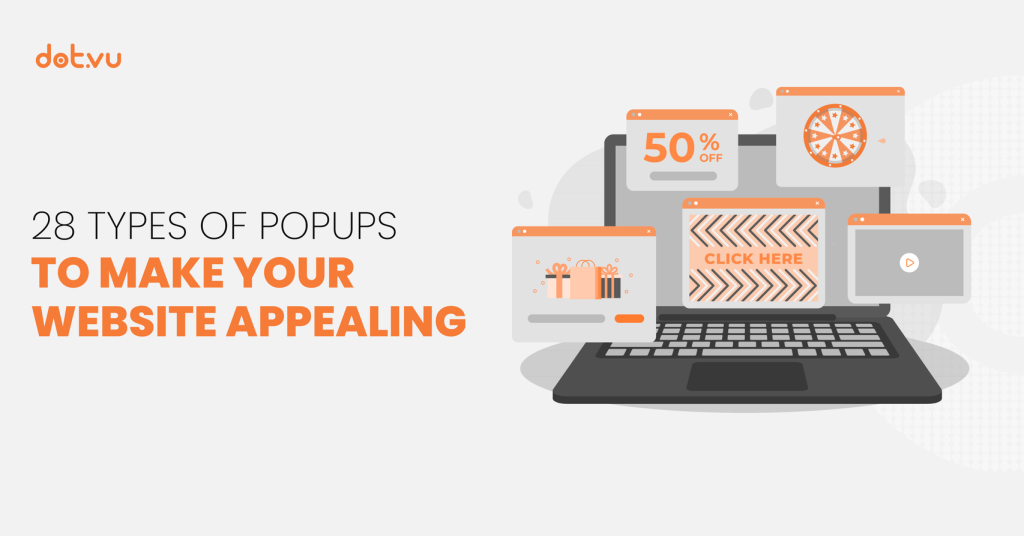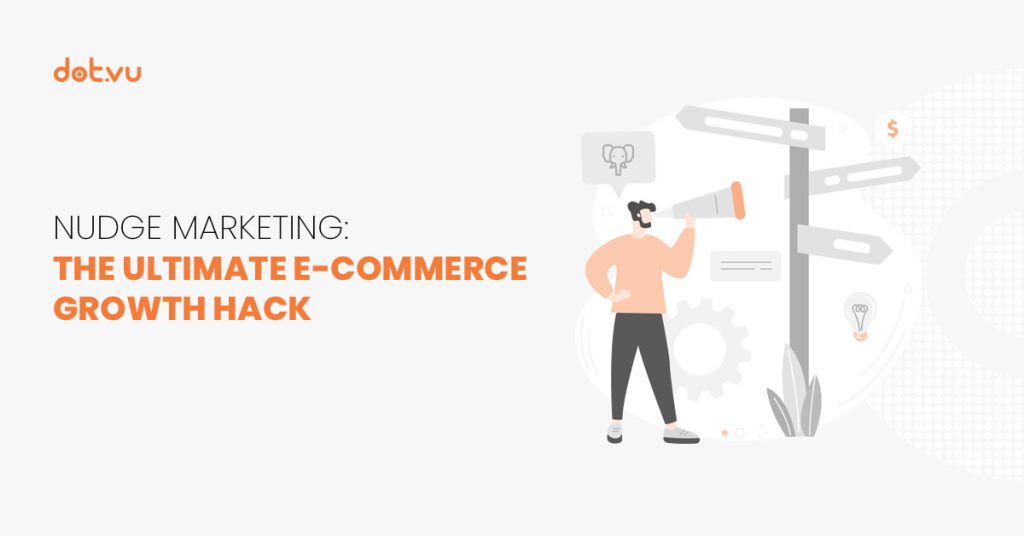
Today’s consumers are more tech-savvy and as many as 88% would conduct their own research before shopping for a product. This proves to be a major challenge for companies that have been solely focusing on point-of-sales advertising. Not only that, just a mere 13% of companies feels the sales pitch approach is the most effective.
There is a huge shift in consumer purchasing behavior. Overt advertising and aggressive sales pitches are often ignored. This is where nudge marketing comes into play.
In this blog post, we’ll explore the concept of nudge marketing and how you can implement it in your marketing strategy to give customers a “push” toward your objectives.
- What is nudge marketing?
- The nudge theory
- 5 Nudge marketing techniques
- Start nudging customers toward your business
What is nudge marketing?
Nudge marketing is a subtle yet powerful strategy that subtly guides consumers to make specific choices without them even realizing it.
Nudge marketing, often referred to as behavioral economics, draws inspiration from psychological and behavioral insights. The central idea is to nudge consumers toward making choices that align with the marketer’s goals while maintaining users’ freedom of choice.
It’s about positioning the preferred option as the easy or more attractive choice. This approach leverages human cognitive biases, heuristics, and decision-making patterns to gently steer individuals in the right direction.
The nudge theory
The term “nudge marketing” is derived from Richard Thaler and Case Sunstein’s Nudging principle, which states:
“A nudge, as we will use the term, is any aspect of the choice architecture that alters people’s behavior in a predictable way without forbidding any options or significantly changing their economic incentives. To count as a mere nudge, the intervention must be easy and cheap to avoid.”
In short, it’s a harmless, non-coercive technique to influence your consumers to make purchasing decisions that favor your business.
According to B.J Fogg’s Behavior Model, nudges can only be effective if an individual is prompted to:
- Perform a task and complete it;
- Motivated to do so;
- Has a trigger to initiate the behavior.
They appeal to various factors, such as consumers’ psychology, interests, preferences, buying habits, and values. So, when implementing nudge marketing, brands consider the customers’ experiences and needs, creating a personalized approach. Brands using nudges manage to make the buying process less stressful for clients, create personalized and targeted offers, and improve their sales funnel.
Interactive Content is an excellent tool for nudge marketing. For example, you can use an Interactive Quiz to promote your business with an offer for those who scored on the quiz. It is a task that can be completed, it’s fun and has a reward at the end to motivate users to participate, and the “Start Quiz” button acts as a trigger.

Related: What is an Interactive Quiz and how to create one?
5 Nudge Marketing Techniques
Here are some terrific nudge marketing examples you can replicate and use in your online strategy:
1. FOMO: Scarcity and Urgency
Creating a perception of limited availability or time sensitivity can prompt consumers to take action. You can use Countdown timers, limited stock notices, and “only a few items left” updates to encourage buyers to quickly make a purchasing decision.
Here is an example of a Black Friday Sign-up Page with a countdown timer. Customers would need to sign up to get reminders of the offers and to gain access to exclusive offers – generating more leads for you.

2. Choice Architecture
Nudge marketing relies heavily on how choices are presented to consumers. By structuring options in a particular way, marketers can influence decisions. For example, in the UK, an environmental charity called Hubbub aimed to reduce the amount of cigarette litter by designing a bin with a poll on “Which football player is better?” You’ll just need to throw your cigarette butt in the bin to cast your vote. After 12 weeks, the amount of cigarette litter dropped by 46%!

How do you implement this theory in your marketing strategy? One way is by using this Product Swiper Popup. Let customers find their ideal gift by swiping the preferences of their loved ones. They will then be presented with a few options – all of which are your products and services. So whichever they choose will generate sales for you.

Pro tip: You can discover all these amazing templates (and more!) on Dot.vu’s Interactive Content Platform. Each one can be used in your nudge marketing strategy to steer customers toward your business.
3. Anchoring
People tend to rely heavily on the first piece of information they encounter when making decisions. Marketers can use this cognitive bias by strategically presenting information to influence consumer decisions. For instance, offering a high-priced product initially can make a moderately priced product seem like a better deal.
You can use a Product Comparison Infographic to compare 2 items, allowing customers to choose the one that appeals to them most. Narrow the options down to your best-selling items, like a high-end product vs a more affordable one with fewer features. Customers looking for the best, most expensive option would go for the high-end product, while customers who do not require most of the features will purchase the latter – it’s a win-win situation.

4. Social Proof
Human beings are highly influenced by the behavior of others. By showcasing testimonials, user reviews, or social media endorsements, businesses can create a sense of social proof that nudges consumers toward their products or services. 42% of consumers prefer to discover new products via feed posts. You can leverage this by creating a game that requires a friend to participate.
This Social Collect & Avoid Game encourages your customers to share on their social media feed to get more friends to play and win. This way, you get your existing customers to endorse your brand. The addition of a gamification element makes this activity highly engaging and helps boost more shares, generating more brand awareness for you.

5. Defaults
People often stick with the default option because it requires less effort. Marketers can use this to their advantage by setting the desired choice as the default and allowing consumers to opt-out if they wish.
For example, you can use this 12 Days of Exclusive Offers template in your Christmas marketing campaign. Select a specific product as the default offer each day. Feature a different variety of products to appeal to a wider audience. Customers will be eager to pop in daily to see what the offer of the day is. Plus, the next offer will be blurred out, giving your customers a nudge to return.

Start nudging customers toward your business
As consumers continue to seek authentic and meaningful interactions with brands, nudge marketing offers a way to engage them without bombarding them with aggressive advertising. When used correctly, nudge marketing can create a win-win scenario where businesses can achieve their goals, and consumers make choices that align with their best interests.
Now you know how nudge marketing works and have some effective techniques at hand. Visit Dot.vu templates to get more inspiration from our collection of 300+ templates, creatively designed to nudge customers toward your business.
Our ready-made templates are fully customizable. If you do not want to spend too much time customizing, look for templates with low customization effort and low skill level requirements. Whatever level you’re at, all our templates do not require any coding and have an intuitive drag-and-drop feature. Create your account and start blowing up sales!

